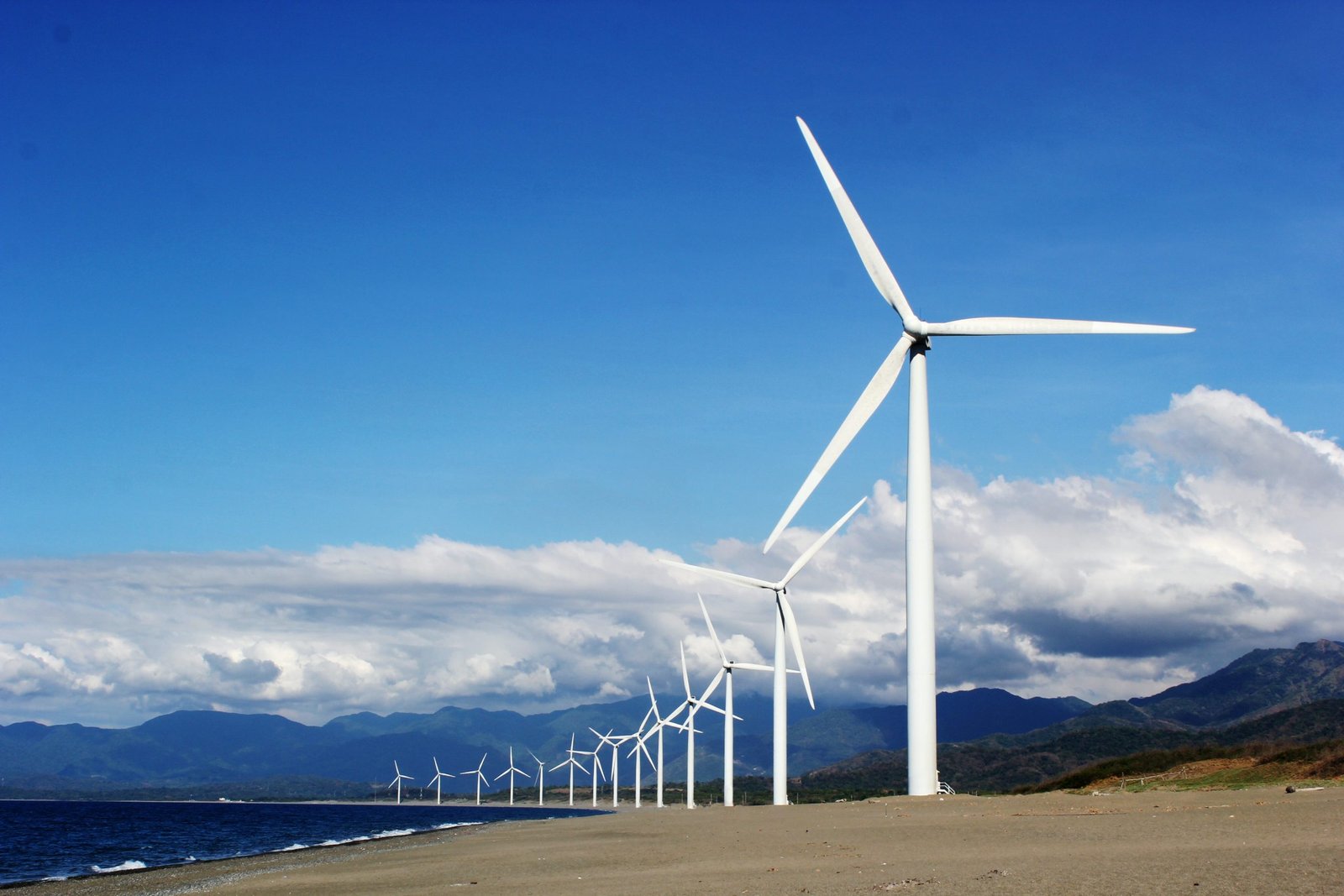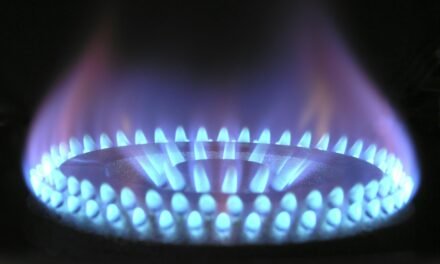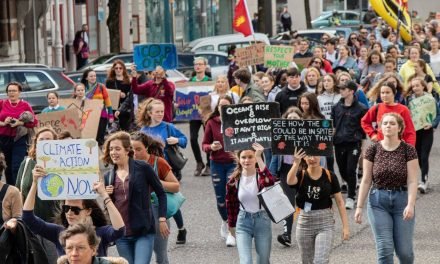According to a new report by WMO, The supply of electricity from clean energy sources must double within the next eight years to limit global temperature increase. Otherwise, there is a risk that climate change, more extreme weather and water stress will undermine our energy security and even jeopardize renewable energy supplies.
“The energy sector is the source of around three-quarters of global greenhouse gas emissions. Switching to clean forms of energy generation, such as solar, wind and hydropower – and improving energy efficiency – is vital if we are to thrive in the twenty-first century. Net zero by 2050 is the aim. But we will only get there if we double the supply of low-emissions electricity within the next eight years,” said WMO Secretary-General Prof Petteri Taalas.
“Time is not on our side, and our climate is changing before our eyes. We need a complete transformation of the global energy system,” says Prof. Taalas.
The report also highlights that by 2050, as electrification becomes a key lever to achieve Net Zero goals, worldwide power demands will be mostly supplied by renewable energy, especially solar energy being the single largest supply source.
”We urgently need to respond to the growing impact of climate change on energy systems if we are to maintain energy security while accelerating the transition to net-zero. This requires long-term planning and bold policy action to spur investment, which in turn needs to be underpinned by comprehensive and reliable weather and climate data,” says Dr Fatih Birol, International Energy Agency Executive Director.
According to the report, climate change and global warming have direct effects on fuel supply, energy production, and physical infrastructure. heatwaves and droughts are currently threatening energy production, so as the report suggests, the world has to reduce fossil fuel emissions to avoid large-scale damage to infrastructures due to hurricanes and other environmental-related catastrophizes that we are witnessing even right now.

Looking back on my two decades in this field, I’m still as committed as ever to telling important stories and getting people to care about the Earth. Outside of writing, I work with Environmental groups that are trying to make things better for the environment and have a positive impact.










